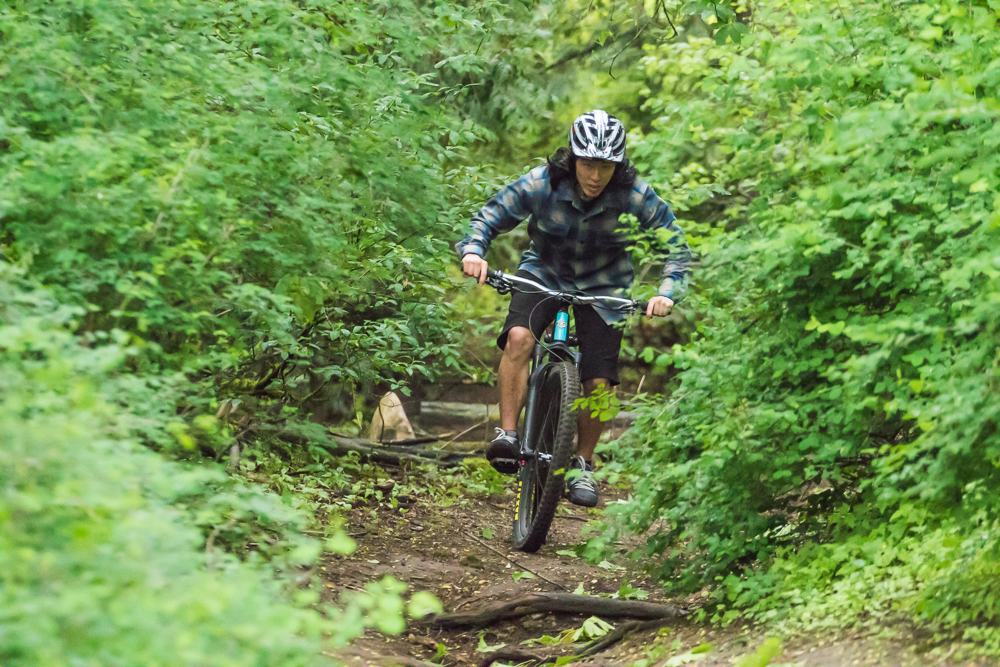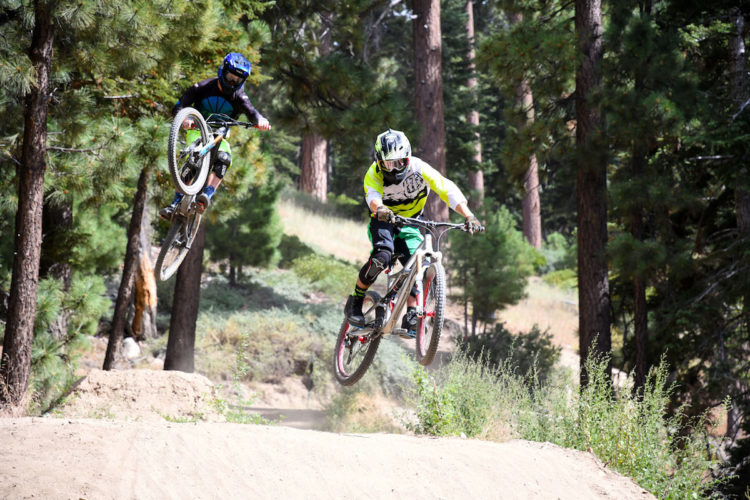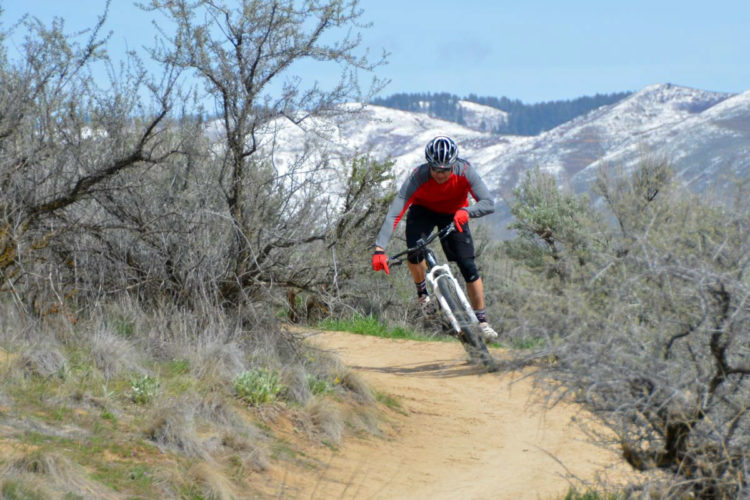
The adrenaline, fresh air, and flat-out fun of mountain biking will often make your forget how hard you’re working out on the trails. When you get back home though, you’re certain to be feeling those miles in the bike saddle in the form of soreness, bumps, and bruises. We’ve partnered with a Seattle-based Kinetic Sports Rehab group to offer stretches and exercises to help riders work through that soreness, and back out there on the mountain bike.
Quads recovery
Your quads are one of the main powerhouses on your bike. A long day of riding, especially if it involves a lot of climbing, can leave riders not only sapped of energy, but tight and sore. Active recovery, namely foam rolling, can help release this tightness, and even help with back pain. Proper technique is super important on the foam roller to help, rather than hinder, recovery.
Hamstrings recovery
Hamstrings aren’t the first muscle group to come to mind when thinking of mountain biking. However, if you’re ripping big descents in the bike park or riding trails like the 6,000’+ descent at Colorado’s Monarch Crest Trail, you’ll definitely be feeling some soreness in your hammys. Using a lacrosse ball or softball like a mini foam roller is a great way to work through this soreness.
Forearms recovery
Sore forearms may be a sign that a rider is hanging onto the mountain bike handlebars too hard, or simply the result of riding through a lot of rough terrain. After a long day on the trail the “pumped out” feeling will translate to soreness that can be rolled out with a lacrosse ball… or a beer bottle, your pick. If forearm soreness is a big issue for you, first look at your technique. If that’s not the problem, it might be time to think about a full suspension mountain bike with more travel, to suck up the bumps for you, so your arms and legs don’t have to work so hard. Mountain bike gloves can help you get a better grip, too.
Hip flexors recovery
The lower back is the most common pain point for mountain bikers. One way to relieve this pain is to loosen up the surrounding muscle groups, like the hip flexors. This one can even be done on the trail, grabbing your mountain bike seat and handlebars for stability, then dropping into a squat position. This is a good way to warm up before hitting the trail, too. Back pain can also be caused by improper mountain bike sizing, so make sure your ride is dialed in from the get go.





















2 Comments
May 5, 2018
-GT
Apr 24, 2018